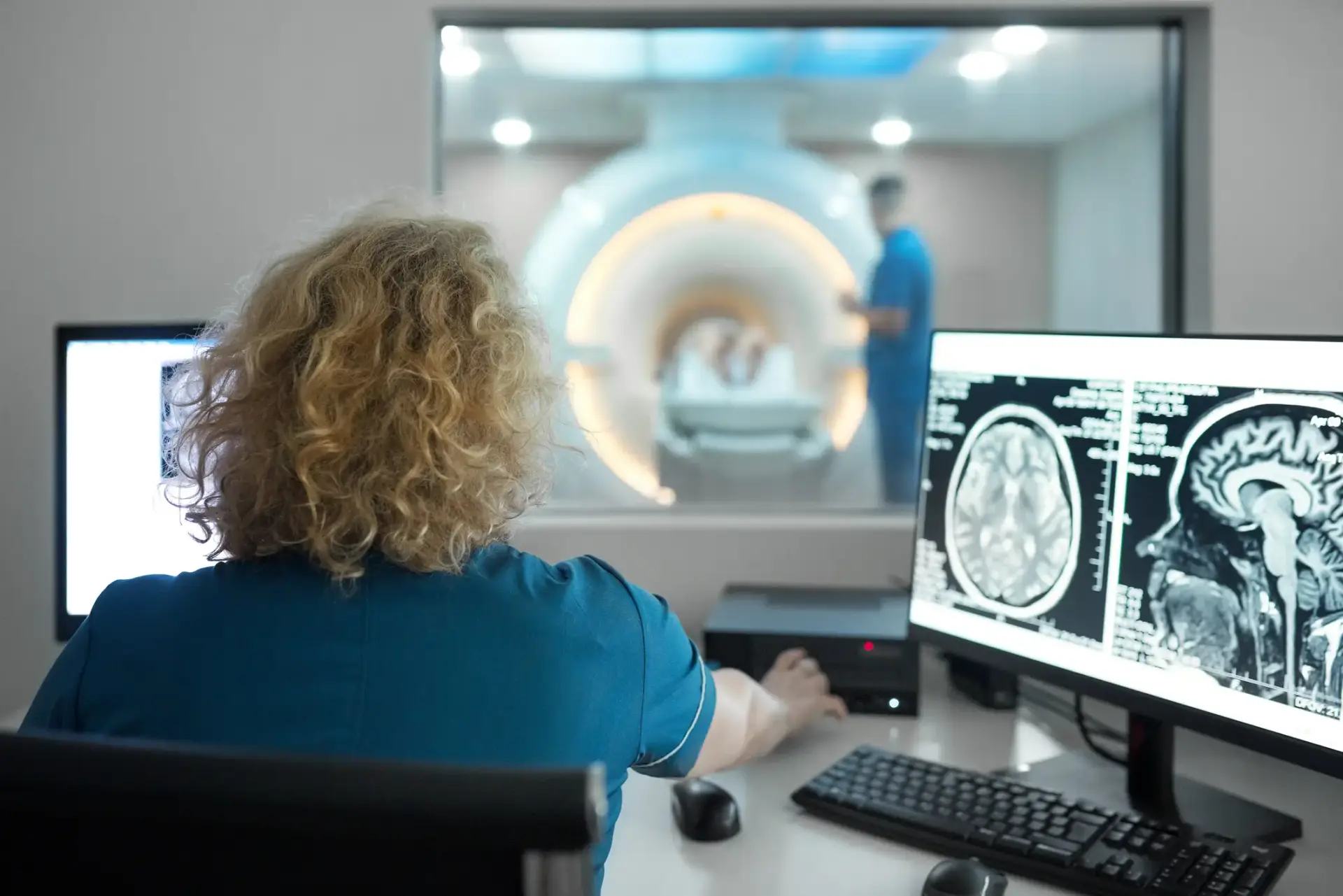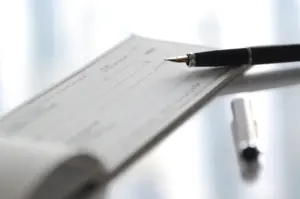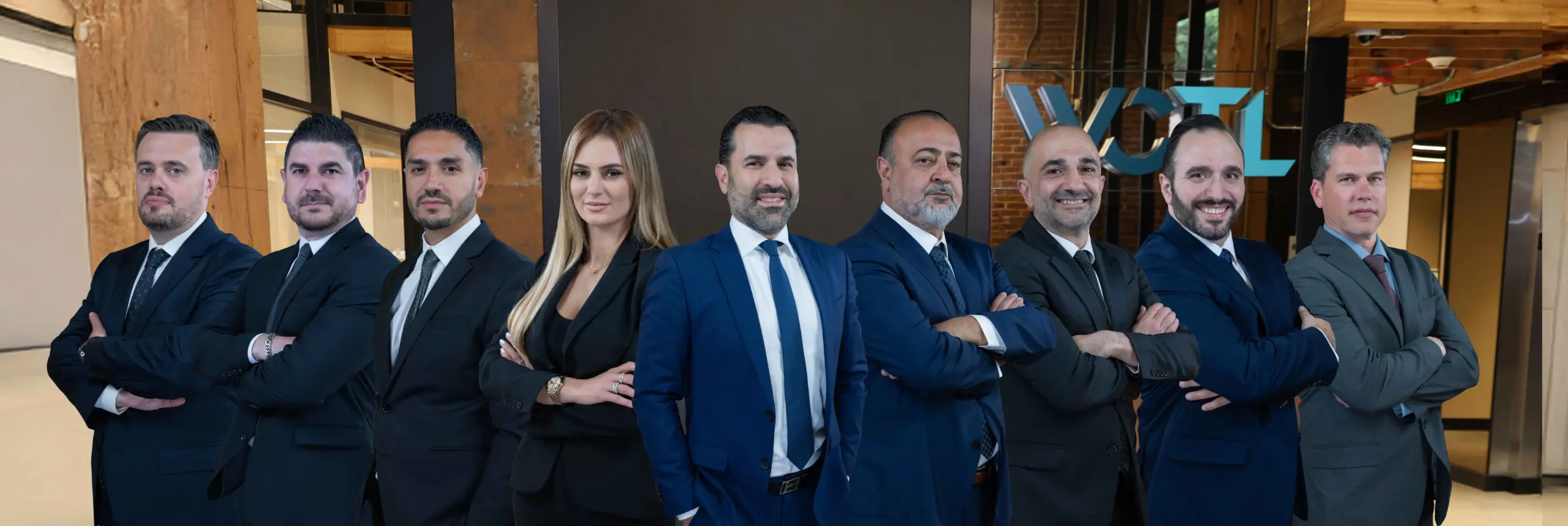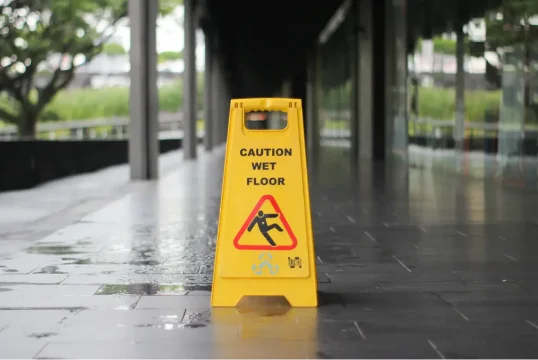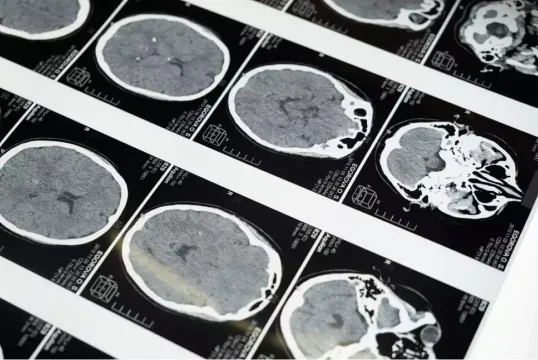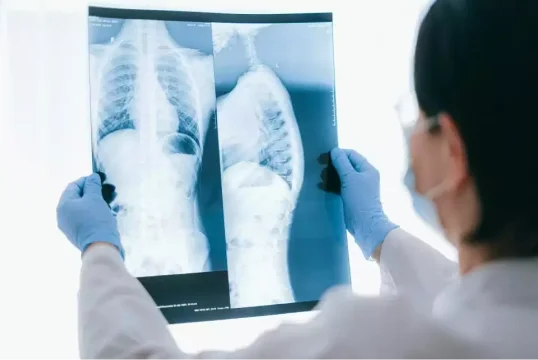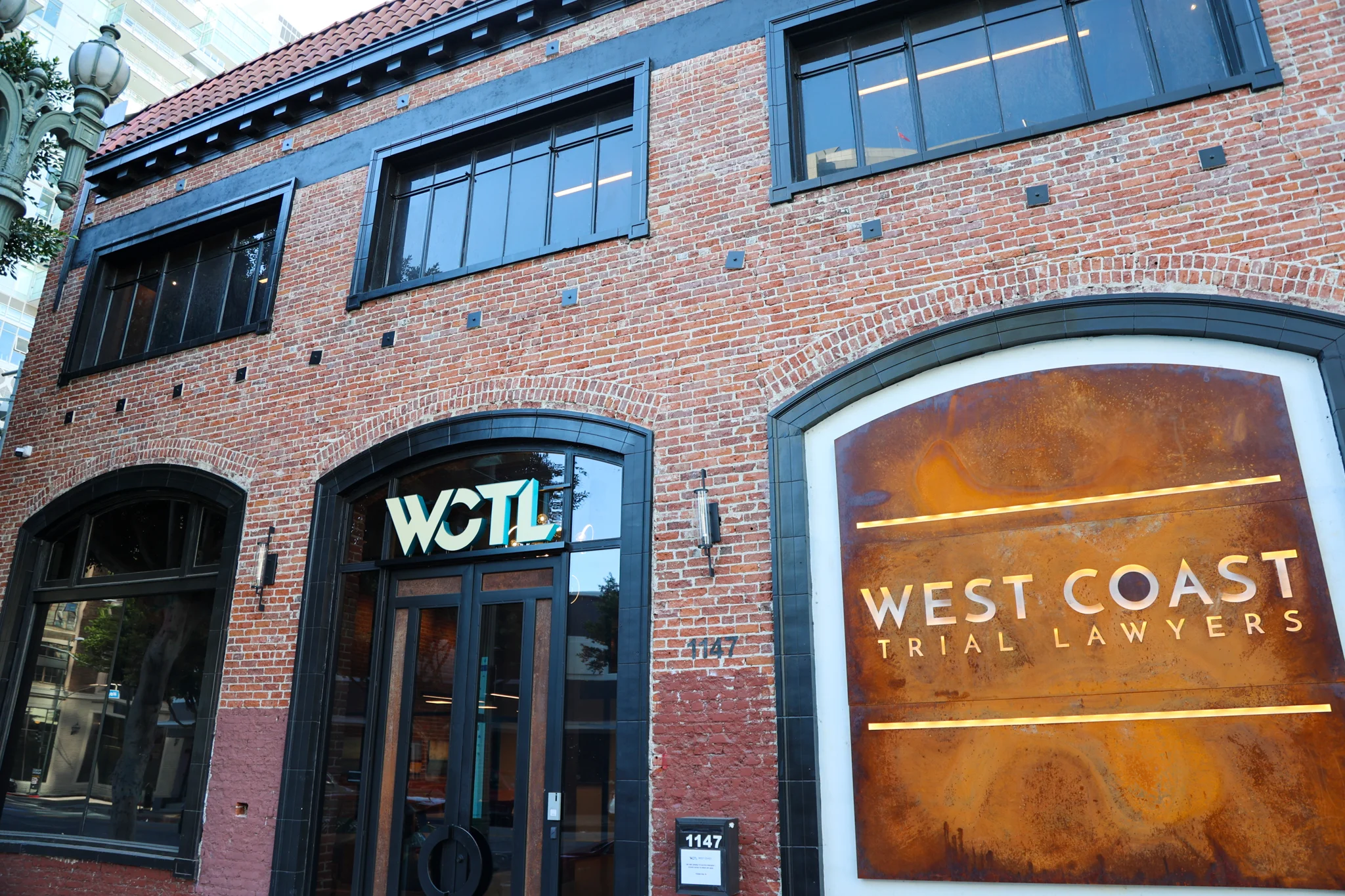Suffering a brain injury can be overwhelming in physical and emotional terms. Everyday life can change suddenly as you will have to direct a lot of time and effort into treatment practices. From dealing with medical appointments at local hospital facilities, like Arrowhead Regional Medical Center or St. Bernardine Medical Center, to adjusting to long-term complications at home, the uncertainty and stress can feel like a lot.
During this difficult time, having the right legal representation can make a big difference. At West Coast Trial Lawyers, our San Bernardino brain injury attorneys will support you every step of the way to make sure you secure the compensation you deserve. With more than 20 years of experience handling personal injury lawsuits and a proven track record of delivering client satisfaction, we are equipped to manage these types of circumstances. By trusting us, you can manage symptoms with no added stress while we work to obtain a fair settlement on your behalf.
Our law firm runs on a contingency-fee basis, meaning you do not owe us anything unless we win your case. To book a FREE consultation with an experienced brain injury lawyer, you can connect with us by calling (213) 927-3700 or completing our quick online contact form.
What Are the Three Types of Brain Injury?
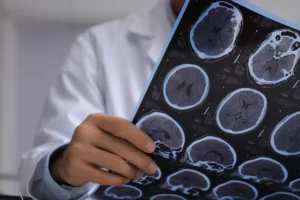
The three types of brain injury are traumatic, acquired, and penetrating. Traumatic brain injury (TBI) happens when an external force, like car accidents in congested highways (like the I-10 or I-15) or sport injuries, impact the head. TBIs can range from mild to severe brain damage. Acquired brain injury stems from damage that happens after birth from certain causes, like strokes, tumors, or inadequate oxygen. Penetrating head injury is a form of TBI where a sharp object pierces the skull and enters the brain, triggering a serious injury.
What Causes a Traumatic Brain Injury?
A traumatic brain injury is caused by an external force that interrupts brain function. This happens when the head is met with an unexpected blow or jolt. According to the Centers of Disease Control and Prevention (CDC), falls lead to almost half of TBI-related hospitalizations. Firearm-related suicide is another common cause of TBI deaths in the United States. Motor vehicle accidents and assaults are other factors that have also contributed to a TBI.
What Is the Data on Traumatic Brain Injury?
While data specific to San Bernardino County is limited, general statistics on brain injury are available to provide insight into the frequency and impact of such bodily harm.
The CDC disclosed information about traumatic brain injuries, reporting that in 2020, there were about 214,110 hospitalizations, and in 2021, there were 69,473 deaths. This led to more than 586 hospitalizations and 190 deaths each day. These reports do not include TBIs treated in emergency department visits, primary care, urgent care, or those that were left untreated.
Adults who were 75 and older had the highest number and rates of TBI-related hospitalizations and deaths, contributing to 32% of hospitalizations and 28% of deaths. Men were twice as likely to seek urgent medical care for a TBI and three times more prone to die from one.
How Is a Traumatic Brain Injury Diagnosed?
A traumatic brain injury is diagnosed through medical evaluations. The physician will look into the patient’s history and physical examination, ask about the injury, how it happened, and what symptoms are emerging. Imaging tests, including a computed tomography (CT) scan and magnetic resonance imaging (MRI), are commonly used to look for bleeding, swelling, or structural damage. The Glasgow Coma Scale (GCS) is also another tool, used to rate a patient’s responsiveness by evaluating how they move, speak, and open their eyes.
What Are the Symptoms of a Traumatic Brain Injury?
The symptoms of a traumatic brain injury will differ for each victim due to unique circumstances involved, like the intensity of the impact and which specific area was mostly harmed. This can be divided into the following:
- Physical symptoms may include headaches, nausea, vomiting, and slurred speech. In serious cases, seizures or loss of consciousness may occur. In severe cases, people could have seizures or lose consciousness.
- Cognitive symptoms can bring about complications with decision-making, problem-solving, and even processing information.
- Emotional and behavioral changes may emerge as anxiety, depression, or appear in a series of mood swings.
- Sensory symptoms can involve blurry vision, ringing in the ears (tinnitus), or sensitivity to light or sound.
When Should Someone Seek Medical Attention for a Traumatic Brain Injury?
A person should seek medical attention once they have suspicion of a traumatic brain injury, even if symptoms may appear mild in the beginning. Early evaluation is important to prevent further complications from arising. Urgent warning signs include the following:
- Loss of consciousness
- Slurred speech
- Unusual behavior
- Seizures
- Weakness
- Numbers in limbs
- Loss of balance or coordination
Immediate medical attention should also be considered if symptoms gradually worsen over time or if pre-existing conditions could have complicated the injury.
For mild TBIs or concussions, it is critical to seek evaluation by a medical professional at a local healthcare facility, such as Arrowhead Regional Medical Center or St. Bernardine Medical Center, as some symptoms could appear hours or even days after bodily harm. Prompt assessments can help support the recovery process and lessen the risk of long-term complications.
What Are the Treatment Options for a Traumatic Brain Injury?
Treatment options for a traumatic brain injury will vary based on the intensity of damage done and the symptoms involved. When it comes to mild TBIs, treatment will focus on rest and symptom management. Moderate to severe brain injury will require hospitalization, and in some cases, the intensive care unit. After initial treatment, the following may be suggested to help improve bodily functions:
- Physical therapy
- Occupational therapy
- Speech and language therapy
- Cognitive therapy
- Emotional or behavioral counseling
Recovery will differ for each TBI victim, and treatment plans are often personalized based on the victim’s needs.
How Much Can You Sue for a Traumatic Brain Injury?
The amount you can sue for a TBI will depend on the severity of your injury, the factors involved, and the damages you endured due to the traumatic event. Typically, TBI claims will include economic damages and non-economic damages.
Economic damages are financial expenses that are easy to measure in monetary terms (medical bills or lost wages). The value can be high, especially if long-term care or ongoing therapy is required.
Non-economic damages will cover intangible losses, such as emotional distress and pain and suffering. In severe cases, larger non-monetary awards may be given due to lasting complications associated with the injury.
In some cases, punitive damages may be awarded if the injury was caused by reckless or intentional conduct. The total value of a TBI case will vary, from tens of thousands for mild circumstances to millions of dollars for catastrophic injury cases.
How to Prove TBI in Lawsuit?
To prove TBI in a lawsuit, you will be required to provide clear evidence that demonstrates the elements of negligence:
- The defendant owed you a legal obligation to act with reasonable care.
- The defendant failed to uphold that duty of care.
- The defendant’s breach directly caused you to sustain a brain injury.
- You suffered actual losses, including medical bills or emotional distress.
Courts will typically take a look at medical records and supporting testimony. These can help demonstrate your diagnosis, the treatment you received, and if you need ongoing care. Doctors may provide expert testimony about the TBI, its severity, and how it has impacted your life. Imaging studies, like CT scans and MRIs, can also help prove brain damage.
Detailed records (or journal entries) of your symptoms can also help link the injury to daily impairments. Other pieces of evidence, like accident reports, witness statements, and surveillance footage can also help you develop a well-constructed claim. Proof of economic damages and non-economic damages should be documented to help calculate how much you should be awarded.
How Long Do I Have to File a Brain Injury Claim?
You will be given two years from the date of the injury to file a lawsuit. If a government entity contributed to your brain injury, the rules will be different. You will be required to submit a formal claim within six months of the injury. If they fail to respond within 45 days, you will be granted two years starting from the date the cause of action begins (GOV § 945.6).
Failing to have this done in a timely manner will cause you to lose your right to recover damages. Acting quickly is important as it can allow you to gather substantial evidence, like witness information and medical documentation to help strengthen your case, thus bettering your chances of receiving fair compensation.
Seeking Legal Assistance with a Brain Injury Case? Schedule a FREE Consultation with WCTL Today
If you or a loved one suffered a brain injury as a result of someone else’s negligence, you may be eligible to file a claim to recover compensation. A West Coast Trial Lawyers, our San Bernardino personal injury lawyers will guide you with care by assessing your case, negotiating with the opposing side on your behalf, maintaining communication throughout the legal process, and representing you in court (if needed).
To set up a FREE consultation with one of our excellent lawyers, you can reach out to us by calling (213) 927-3700 or filling out our convenient online contact form.


